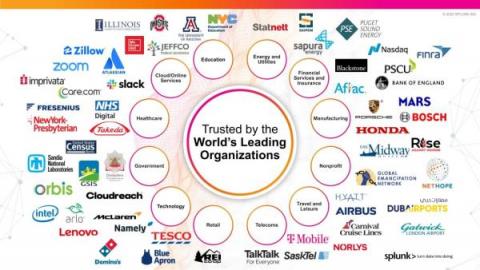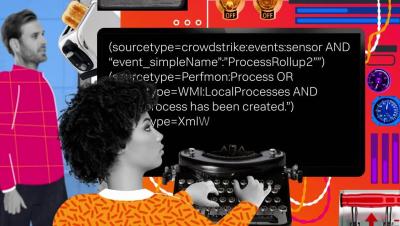Improving Security: Updates to Classic (SimpleXML) Dashboards Containing External Links or Content
Classic (SimpleXML) dashboards are a powerful tool for you to share information with users and can include links for users to continue their investigations in other pages. As you likely already know, you can include external content in your Classic dashboard using HTML panels. You can also include external links or configure drilldowns to external URLs.











